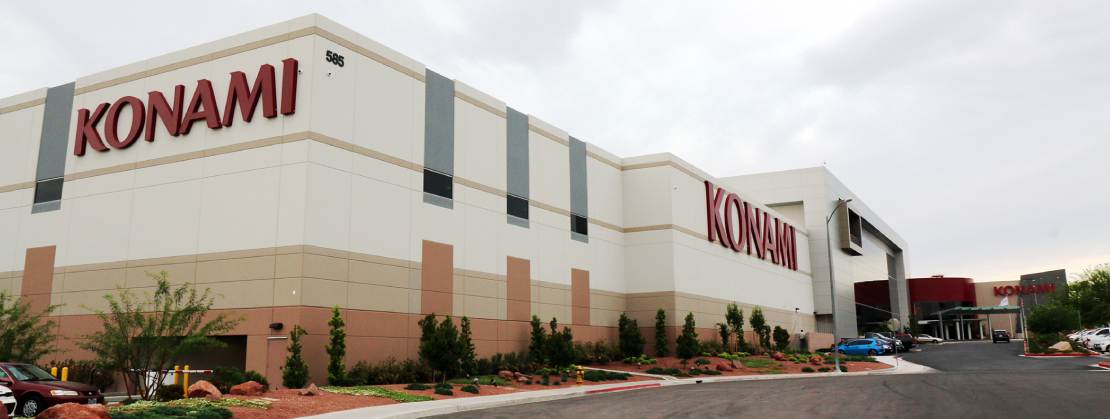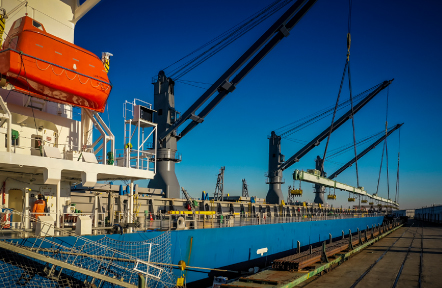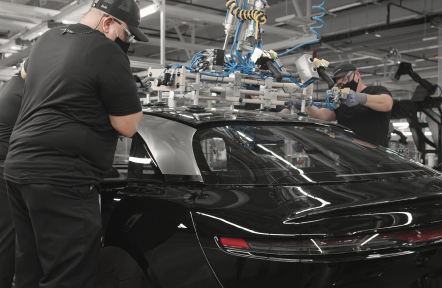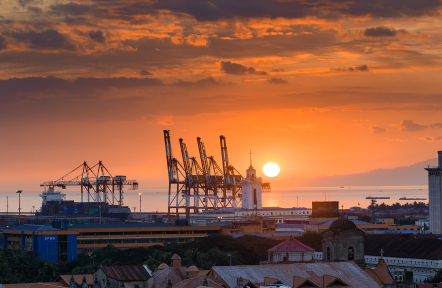South Korea has seen impressive economic growth in the last 65 years. Widely regarded as one of Asia’s powerhouses, the country boasts of a technologically advanced industrial sector. This transition, however, did not happen overnight. South Korea realized early that economic growth would flourish further through trade. By building strong ties abroad, the country achieved the stability and prosperity that it still enjoys today.
“Korea lacks natural resources. In the 1950s, we were also recovering from a war. But we achieved economic success because of trade. We processed raw materials and technology from other countries, manufactured them, and then exported to overseas markets. That was how we survived,” said Korea International Trade Association (KITA) CEO and former Minister of Trade, Industry, and Energy Kim Youngju.

When growth picked up, Korea did not become complacent.
Busan-Jinhae Free Economic Zone (BJFEZ) Commissioner Jin Yanghyun recalled: “In the 1990s, Korea focused on attracting foreign investment. The country’s goal was to acquire technologies from foreign experts, which would later help in building on expertise across several advanced industries.”
BJFEZ attracts investment into the southeast part of Korea, including the country’s so-called Industrial Belt, and is regarded as one of the best free economic zones (FEZs) in Asia. South Korea has developed seven other FEZs to spur growth, among them Saemangeum-Gunsan FEZ, overseen by the Saemangeum Development and Investment Agency.
“There are currently five multinationals that have invested here and we have ongoing infrastructure projects to attract more investors. Access to China and highly- skilled, world-class Korean workers are some key advantages of Saemangeum,” Administrator and Vice Minister Lee Cheol-woo said.
So, investors continue to look to South Korea, including American companies.
AMCHAM Korea CEO James Kim said: “U.S. companies are here because they know it’s a good market. There’s a lot of innovation here, so it’s a great testing ground for companies. No one is stopping investments here.”
Meanwhile, homegrown SMEs have become more aggressive abroad following the global success of giants such as Samsung, Hyundai, and LG.
“South Korea is a gateway for international business, having established free trade agreements with several countries,” said Federation of Korean Industries Vice Chairman Kwon Tae-shin. The country currently has 15 FTAs with 52 countries.
“Korea is a big believer in free trade. Our FTAs encompass the United States, EU, ASEAN and China. The land area and the GDP covered by our FTA network comprises 75 percent of the world. We value these relationships and will continue to build on them,” Kwon said.
Apart from a supportive government, Korean conglomerates and SMEs also have access to several trade promotion associations, which provide domestic and overseas assistance for its members. KITA, which has 70,000 members and 15 overseas branches, as well as AMCHAM Korea help companies by providing information on attractive foreign markets and connecting them with potential partners worldwide.
For its part, AMCHAM Korea is proud of its contribution to South Korea’s economic growth.
“Our main priority is to help U.S. companies here in Korea. But of course, helping Korean companies invest in the U.S. also creates jobs for Americans. So, we are a big proponent of that,” Kim said.












